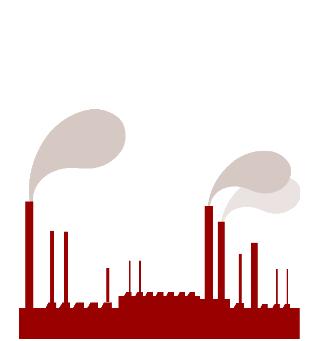 |
 |
 |
||
Linen fibres, like other bast fibres, are obtained from the phloem, or inner bark (or skin) of a plant. The fibres support the conductive cells of the phloem and provide strength to the stem. The fibre itself needs to be separated from the interior xylem or woody core and some times also from the epidermis which is the outer most layer of cells that carries nutrients to the leaves. The process for this separation is called retting. Bast fibre bundles are often several feet long and composed of overlapping cellulose fibres and a cohesive gum, or pectin, which strengthens the stem of the plant. The actual fibres are located between the epidermis, or bark surface, and an inner woody core. During harvesting, the plant stalks are cut off close to the base or pulled up. The fibres are then usually separated from the stalk by retting but are sometimes obtained by decortication which is a manual or mechanical peeling operation. The released fibre bundles, called strands, are frequently used without additional separation, in which case they are called fibres.
Water retting involves leaving the stalks in tanks or ponds of water (or in a running river), and are acted upon by bacteria, rotting the stalk which separates the fibres from the woody core. It takes 2–4 weeks for dam retting. In tanks with warm water, the time is reduced to a few days. Water retting gives a more uniform quality product. In stream retting the plants are immersed in slow moving streams for a longer time and the quality of the product is high. The nutrients from the decaying stalks means that this method is highly polluting to the water source. Dew retting is a more sustainable process where the stalks are left out in the field for 6 weeks, and are acted upon by the dew, sun and fungi. Dew retting tends to yield a dark-colored fiber. However, it is far less labor intensive and less expensive than water retting. It is commonly used in regions of low water supply. Currently dew retting is the dominant and most desirable method from a sustainability perspective. Chemical retting involves immersion of the dried plants in a tank with a solution of chemicals, such as sodium hydroxide, sodium carbonate, high pH agents, pectinolytic enzymes or mineral acids. The fibers are loosened in a few hours, but close control is required to prevent deterioration and damage to the fibres. Chemical retting is more expensive and does not produce the superior quality fibre obtained from the biological retting process. Following retting, a sequence of processes to remove the fibres from the woody stalks is carried out first by breaking them and then scraping or scutching them off which is done by beating with blunt wooden or metal blades either by hand or mechanically. Hackling is a combing process used to separate the long fibres from the short fibres and to remove the remaining woody material. |
LINEN - BAST FIBRE
 PROCESSING
PROCESSING

